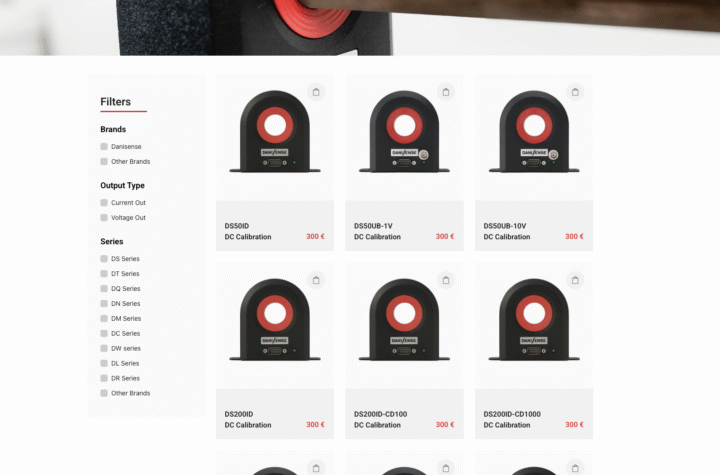
Electric vehicles – plug-in hybrids and battery powered – will comprise nearly 20 percent of the global market for light vehicles in 2030, according to findings in a study on the business case for Plugged-in Electric Vehicles (PEVs) by automotive industry analysts at IHS Global Insight.
The IHS Global Insight white paper, “Battery Electric and Plug-in Hybrid Vehicles: The Definitive Assessment of the Business Case,” forecasts an 8.6 percent market share for plug-in hybrids and a 9.9 percent share for battery-electrics.
“The advantages of electric vehicles are numerous – the multiplicity of energy sources, reduced emissions, reduced noise, the possibility of reduced operating costs – but so too are the challenges,” said Philip Gott, director of Automotive Science and Technology in IHS Global Insight’s Automotive Services Group.
The development of powerful, long-lasting batteries and ready access to a reliable power grid for recharging remain the critical issues for the success of the battery-electric and plug-in hybrid vehicle of the future, according to the white paper. In addition to technology limitations, high costs and expectations of consumers’ accustomed to internal combustion engine vehicles must also be overcome before the plugged-in vehicles achieve significant acceptance.
Gott said the major challenges to be overcome if the vehicles are to be successful in the marketplace are consumers’ preference for long range, versatile vehicles; cost and uncertainty about battery life; perceptions of safety hazard; and adequacy of the power grid.
There are two kinds of PEVs: pure battery electric vehicles (BEVs) powered only by an on-board battery recharged from the electric power grid, and plug-in hybrids (PHEVs) that combine an internal combustion engine with a battery that can also be charged from the grid and run for as long as 100 miles before needing the internal combustion engine.
BEVs, the study concludes, will find a natural home in urban environments, like those found in the global mega cities, while PHEVs will play a transitional role in suburban environments where range anxiety is a real concern. At issue is whether consumers will continue to use personal motor vehicles for work and play as they do today, or whether there will be strong moves away from the extensive use of privately owned cars in urban areas, accompanied by significant third-party influence changing consumer attitudes towards cars and how they are used.
The pathway for commercialization for these new generation vehicles highlights the needed role of government and the utility sector. Consumers are expected early on to be more attracted to PHEVs because of their range and convenience, the study said, but as the infrastructure evolves, many early urban PHEV owners will realize they are running predominantly in full electric mode and a large-scale switch to BEVs could begin.
For a copy of the abstract of the white paper, “Battery Electric and Plug-in Hybrid Vehicles: The Definitive Assessment of the Business Case,” go to www.ihsglobalinsight.com/pluggedin












More Stories
Avery Dennison PSA tapes support rapid evolution of EV batteries
Sensor Fusion and the Next Generation of Autonomous Driving Systems
Automotive Industries (AI) Newsletter April 2025